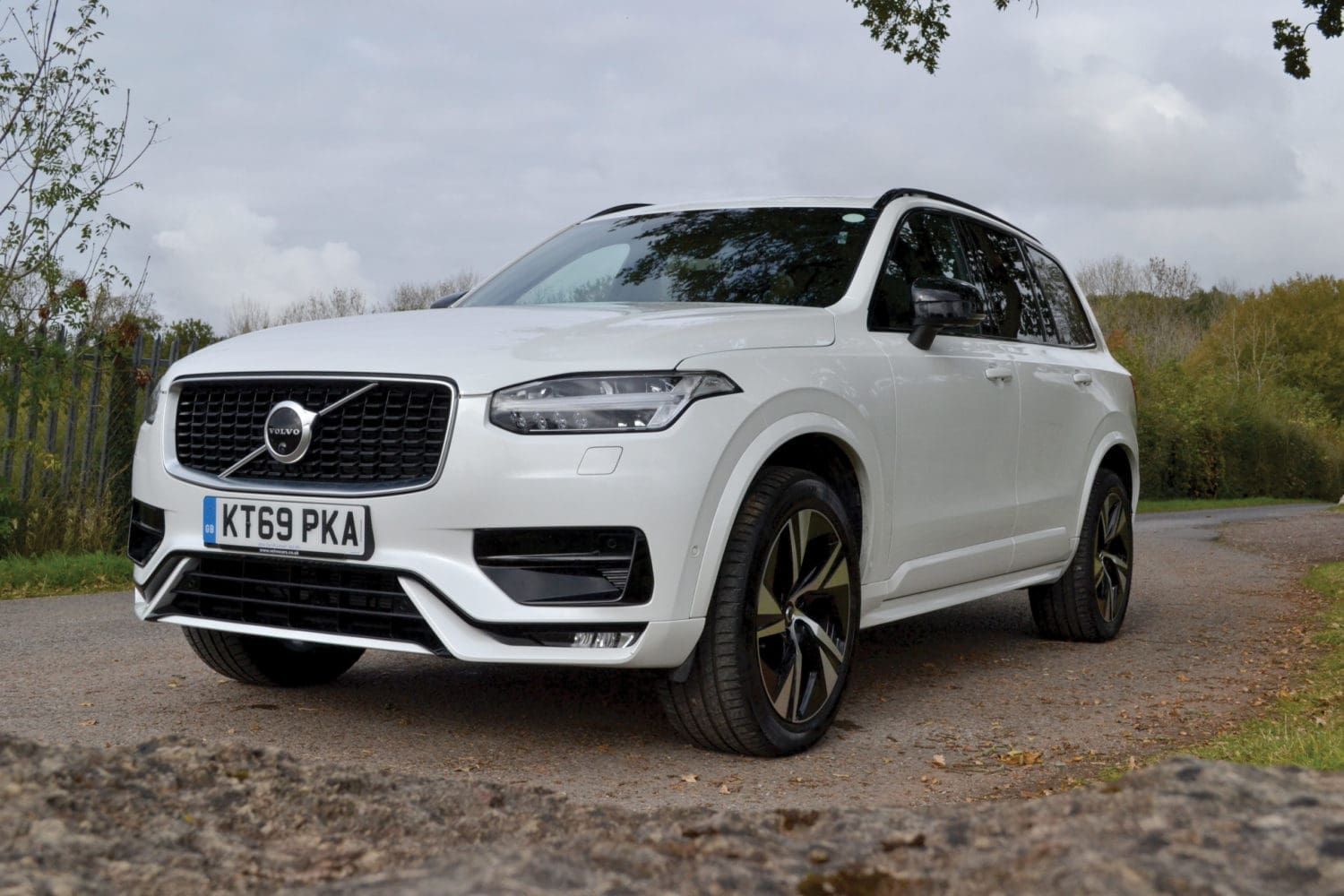
The silhouette of the typical family car has changed a lot since I was growing up. In the 1980s, a lift home from school in the third row of a Volvo would have involved peering out of the tailgate glass of an estate. Today, in a European market where 38 per cent of new registrations were SUVs last year, according to industry association ACEA, the XC90 fills that same role. Cynics suggest that the boom in 4×4 popularity is image driven, but I think I’ve found family-moving nirvana in Volvo’s flagship.
There are three small people in the Grant Clan and, at six, four and two years old, the need to move two boosters, one ISOFIX-mounted toddler seat and a double and/or single buggy severely limits our choice of cars. With traditional MPVs becoming increasingly rare, that shopping list encompasses a handful of what are essentially vans with windows or seven-seat SUVs such as this. On our school run, the XC90 alone outnumbers the former four to one, and I can see the greater appeal.
Grumbles first. The XC90 feels big enough to qualify for a postcode rather than a number plate, and, with no pretence of looking sporty, there’s space for seven adults on board. However, young kids are trickier to transport, as they require booster seats until they reach 12 years or 135cm in height, and the rear bench isn’t wide enough to accommodate three of them. Volvo sells a slimmer central booster as a workaround, but otherwise you’re reliant on the third row, which compromises buggy (or dog) carrying ability. Audi offers up to six ISOFIX-equipped seats in the Q7, providing more flexibility for large families.
Otherwise, it’s coped admirably. The door apertures are shaped to make it easy to lift napping occupants out of the back, and there’s enough room for our double buggy behind the third row. A storage compartment for the largely unused load cover would be useful, though, and the middle-row seats are very heavy to fold. They also slide back into position quite aggressively if you’re parked nose-up on a banked driveway – something I discovered the hard way.
The ‘mild hybrid’ versions were introduced for the 2020 model year and, confusingly, this puts two ‘B5’ variants in the range; a 247bhp petrol and the 232bhp diesel, which is what we’re living with this month, before our regular T8 plug-in hybrid arrives. This adds an electric motor/generator to the 2.0-litre twin-turbocharged diesel engine, which can recover energy to a small battery while decelerating and use it to power on-board systems or provide a 13bhp boost while accelerating. Volvo claims a 15 per cent reduction in fuel consumption versus the previous D5 engine that it replaces.
Although Eco mode softens responses slightly, there’s enough power not to need any more performance for motorway cruising. Drivetrain and on-board system responses are tuned to save energy and the air suspension lowers the body to make it more aerodynamic. With a gentle right foot, it’ll return a respectable 40-45mpg on a long run, arriving in absolute comfort even on the R-Design’s 20-inch wheels.
Of course, cynics would rightly argue that the pre-wind tunnel Volvos of my childhood could muster many of the same touring and family-hauling talents, and they’d be right. But I’d counter that there’s a familiar sense of passed-down substance in this latest XC90, despite the different silhouette. Perhaps family car nirvana hasn’t changed as much in the past 35 years as it first appears.
Date arrived 28th September 2020
Mileage 2,651
Economy (WLTP combined) 37.7-44.18mpg
Economy (On test) 34.6mpg
© Motorworld Media 2023
Registered Office: 4 Capricorn Centre, Cranes Farm Road, Basildon, Essex. SS14 3JJ
Company Number: 8818356
Website designed by Steve Dawson